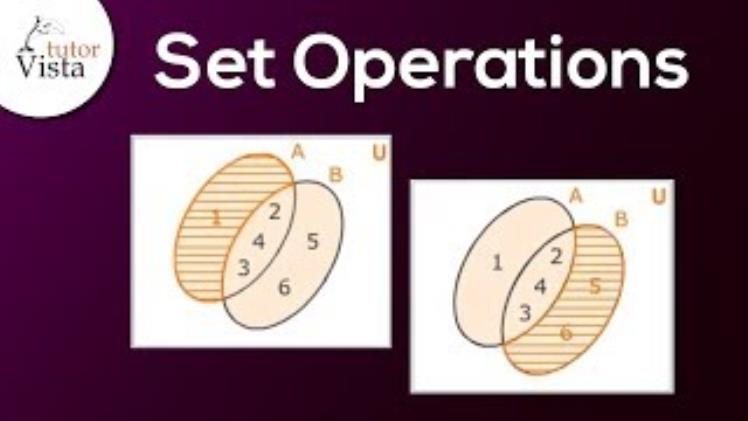Know About Set Theory Symbols and Types like Equal Set Here

Set Theory is the study of sets and their properties in mathematics. A set is a collection of items. The objects of a given set are its elements. The study of such sets and the relationships that exist between them is known as set theory. Set theory has shown to be a very valuable tool for defining some of mathematics’ most complex and significant structures, and it is thus an important part of the numerical ability/quantitative aptitude syllabus in various competitive tests.
On that note, let’s learn about various symbols used in Set theory as well as an important set type i.e., Equal sets in detail to further your knowledge of sets.
Common Symbols used in Set Theory
A variety of Set Theory Symbols are used to represent sets. Let’s learn about each one of them in detail.
| Symbol | Corresponding set |
| N | It refers to the collection of all positive integers that are natural numbers.
Examples: 1, 15, 192, 723 and so on. |
| Z | The entire integer number set is represented by it. From the Greek word “Zahl,” which means “number,” comes this symbol.
Z+ stands for positive integers, while Z– is used to denote negative integers. Examples: -13, 0, 1327 etc. |
| Q | It represents a set of rational numbers. The sign’s root is the word “Quotient.” Positive and negative rational numbers are represented by Q+ and Q–, respectively, as the quotient of two integers (with a non-zero denominator).
Examples: 13/17, -4/5 etc. |
| R | In addition to representing other numbers that might be written on a number line, it is used to represent real numbers.
R+ and R–, respectively, are used to represent positive and negative real numbers. Examples: 2.56, π, 5√7, etc. |
| C | It is utilised to represent a set of complex numbers.
Examples: 3+ 4i, i, etc. |
Other symbols:
| Symbols | Symbol Name |
| {} | Set |
| U | Union |
| ∩ | Intersection |
| ⊆ | Subset |
| ⊄ | Not a subset |
| ⊂ | Proper subset |
| ⊃ | Proper superset |
| ⊇ | Superset |
| ⊅ | Not superset |
| Ø | Empty set |
| P (C) | Power set |
| = | Equal Set |
| Ac | Complement |
| ∈ | ‘An element of’ or ‘belongs to’ |
| ∉ | ‘Not an element of’ or ‘does not belong to’ |
Equal Sets
All of the elements of Equal sets are equal and they all have the same cardinality. Usually, they are denoted by a capital letter and the braces “. In other words, two or more sets are considered equal if they include the same items and have the same number of elements. Take Set A = {2,4,6,8} and B = {2,4,6,8} as an example. As a result of having identical elements and cardinality, sets A and B are viewed as being equal.
Now, two sets are referred to be unequal sets if all of their elements are different, and they are referred to as equivalent sets if they contain the same amount of components. As an illustration, suppose A = {1, 2, 3, 4, 5}, C = {2, 4, 6, 7, 9}, and D = {2, 5, 6}. The number of elements in Sets A and C is the same, but not all of them are identical. A and C are hence equivalent sets. Now, the elements in sets A and D are not equal, nor do they have the same cardinality. Sets A and D are therefore not equal sets.
visit here for more info about WPC2026
Properties of Equal Sets
Equal sets are now clear to us. We’ll then look at some of its crucial properties to aid in understanding and identification of equal sets,
- The equality of the two sets is unaffected by the elements’ order.
- The total number of elements in equal sets, or cardinality, is equal.
- The set notation is A ⊆ B and B ⊆ A. when two sets are subsets of one another and the two sets are equal. As a result, A = B.
- There must be equality between equal collections of components.
- The power set of equal sets has the same cardinal number.
- Equal and equivalent sets both share the quality of having an equal number of elements.
- The converse is not true: all equal sets are not equivalent sets.



